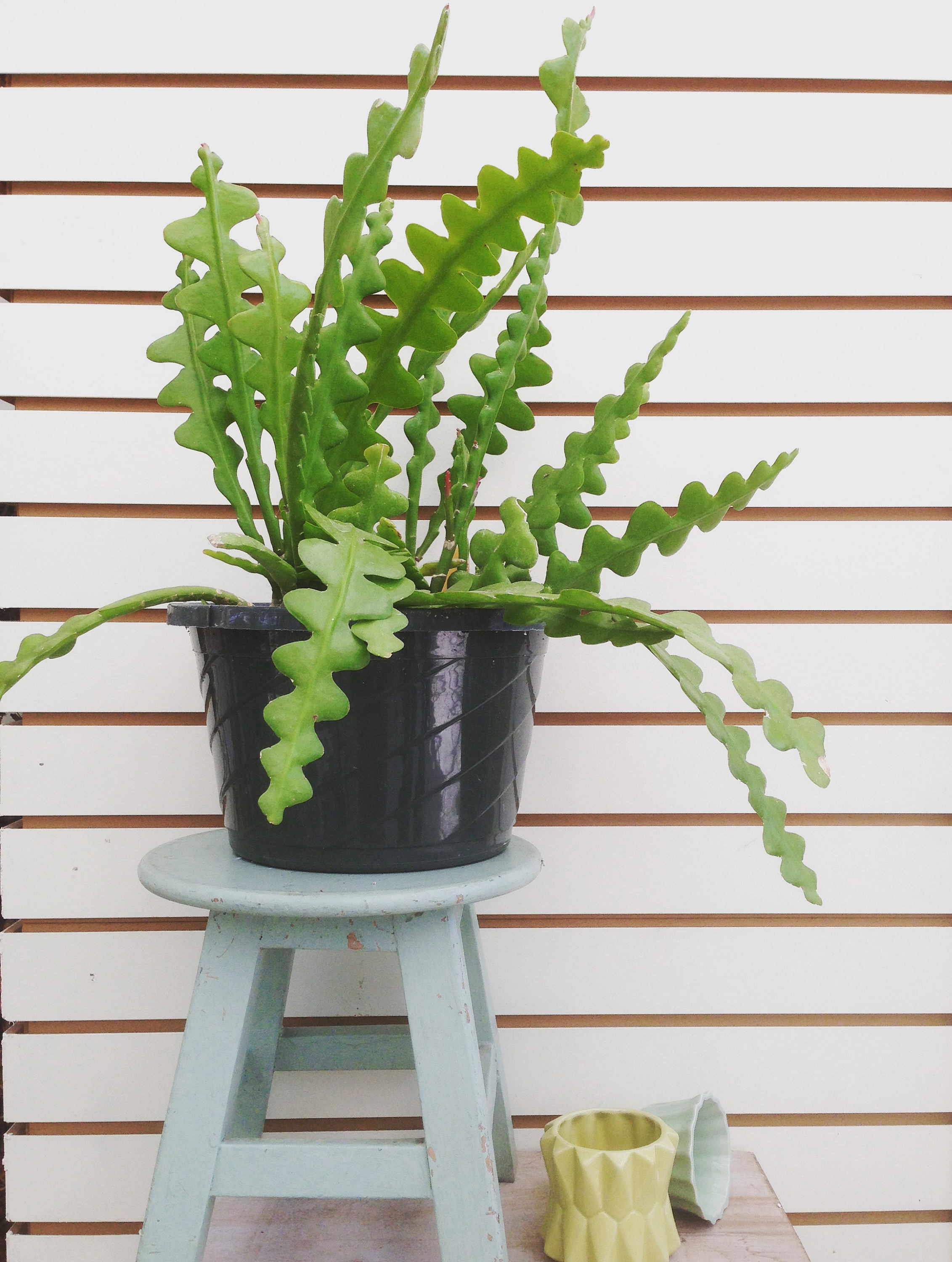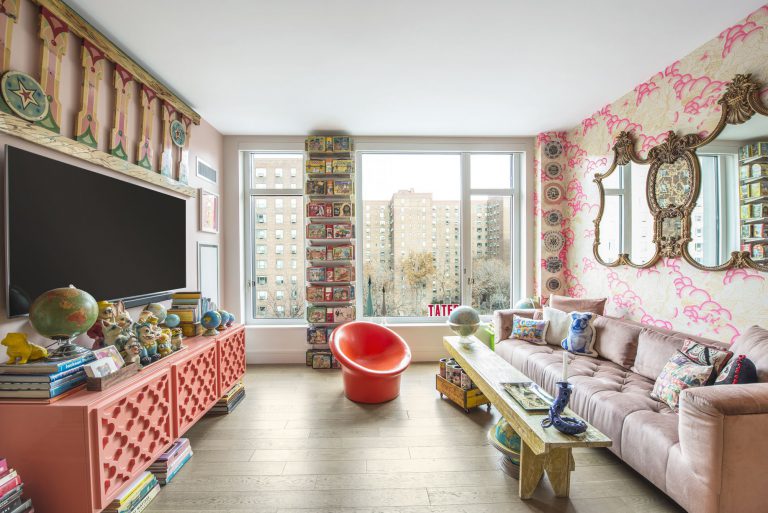Table Of Content

In addition to the simplicity and effectiveness of the E55, our experts like Thermacell's claim that its repellent uses EPA-reviewed pyrethroid as its active ingredient. Replacement fills are fairly affordable, costing about $20 for 40 hours of protection — good for plenty of hot summer nights. Plants for a bathroom are often chosen with the assumption that they need to tolerate humid conditions. Yet constant humidity is really present only in primary bathrooms or family bathrooms, where the shower or bathtub is used frequently. Here are suggestions for bathroom plants that will do well in average bathroom conditions. Debra LaGattuta is a Master Gardener with 30+ years of experience in perennial and flowering plants, container gardening, and raised bed vegetable gardening.
What's the best way to water indoor plants?
The best time to feed them is in early summer with a palm tree fertilizer. It's always a good idea to check the mature size and growth rate of your tree to make sure you have enough space to accommodate it. Here dry climate gardening expert Noelle Johnson picks three of her top choices for palm trees that will thrive in an urban space. Palm trees also need fertilizer in the spring and fall or when being planted if it's during their growing season. The easiest option is to choose a fertilizer spike, which is a fast, efficient, long lasting method to feed your palm tree.
African Milk Tree (Euphorbia trigona)
Layer the new pot with a bit of soil, then take your plant, along with its roots, out of the container it came in, and put the plant in its new pot. Make sure the soil isn’t packed too tightly and that the soil level is below the lip of the planter—otherwise, when you try to water it, the water is just going to spill out over the top. Some plants are small and easily tucked away, like a desk cactus, while others, like a monstera, should be treated more like plant centerpieces that need space to grow and spread out. Getting strategic about the size you want when you buy it can also affect how much you'll ultimately spend.
How close to a house can you plant a palm tree?
If it needs to be watered, Carter says, it quite literally faints, with leaves dropping toward the ground. If you've ever scrolled through Instagram, you've likely seen at least one monstera deliciosa, otherwise known as the Swiss cheese plant because of its distinct hole-laden leaves. The Leaf Supply co-founders chalk up its popularity to its looks (obviously) but also its ease of care—just give it some bright, indirect light and consistent watering to help it flourish. This is an exotic-looking plant even an arachnophobe can love. The spider plant is particularly easy to take care of—just keep it out of direct sun and prune the yellowing and browning bits. The most diligent owners will be rewarded with spiderettes—long spindly vines that explode like fireworks at the tips—that dangle from the mother plant.

Dragon Tree (Dracaena Marginata)

Plus, it's super easy to propagate so you can fill your entire home with greenery. This easy-to-grow fern prefers bright, indirect light, but can survive in the direct sun if the soil is kept moist. It also loves the humidity, so it will do well in the kitchen or bathroom. If you want to keep it elsewhere, you might want to set it up next to a small humidifier.
Kentia Palm
How to Use Coffee Grounds for Fertilizing Plants—and Why You Should or Shouldn't - Real Simple
How to Use Coffee Grounds for Fertilizing Plants—and Why You Should or Shouldn't.
Posted: Tue, 09 Apr 2024 07:00:00 GMT [source]
It can even thrive in a low-light environment with the occasional use of a grow light to aid with photosynthesis. The bathroom is a spot in your house that has a distinctly different temperature and environment than any other room. Go with tropical plants for this space, since the atmosphere in the bathroom is similar to what these varieties are used to—low light levels, high humidity, and warm temperatures. "Think of the environment that the space itself provides as a helping hand to keep your houseplants healthy and happy," Satch said.
Provide these low-maintenance plants with bright light and a 30-minute soak in room temperature water once a week for optimum results. The only real issue is how to choose which of the best indoor plants is right for you. I know from my many years of plant parenting that it's not always as easy as it looks to choose the right plant for the right space, and keep it healthy. One of the things I've learnt is to choose something you know you will love and want to care for, but check you can provide it with the right conditions it needs to thrive. From the office to the bedroom, this tropical succulent works well in any space — so long that it has a lot of sunlight.
With darling heart-shaped leaves, this makes a great plant for tabletops and bookshelves. While your plant might start out just a wee thing under one foot, over the years your parlor palm (Chamaedorea elegans) can grow large—up to 6 feet tall. It's been popular since Victorian times because it's one of the less fussy indoor palms to grow. With many options to choose from, you'll find houseplants in every shape and size. Some have a trailing habit, which look fabulous draping over the edges of coffee tables.
Fittonia is also known as the nerve plant for its intricate veiny-patterned leaves, which could inspire your child's creativity. Consider hanging pothos for the ultimate spa-like feel, or place it on a high shelf in your bathroom to experience its trailing. Give your pothos water once per week, and make sure it gets a little sun for optimal health. The biggest factors to consider when picking out house plants are natural light, humidity levels, and aesthetic. This houseplant guide is here to serve as a resource for you throughout your journey toward a green thumb.
"It's never too early to show the kids about the wonders of nature," Satch said. For the dining room, Satch suggests the same lineup of plants you'd choose to display in the living room—that's because both rooms are places where family and friends congregate. It's also considered a holy plant in its native country, India. This one might look a bit familiar to you, especially if you're familiar with the ficus lyrata, also known as the fiddle-leaf fig.
The moth orchid, which is named for its petals' resemblance to a moth's rounded wings, is the easiest orchid to grow. Because they originate in tropical regions, moth orchids prefer high humidity and will do best in an east- or west-facing window. These low-maintenance indoor plants are perfect for adding a touch of nature to your bedroom. Ponytail palm (Beaucarnea recurvata) is virtually indestructible for any room in your house. It's a fascinating and unusual plant with long, straplike leaves sprouting from a large, wide base that gives this plant its other common name, elephant's foot palm.
If you are eager to create a healthier environment and want to purify your home, you should definitely add a Peace Lily to your wish list. These blooming ornamental houseplants are very popular due to their remarkable ability to clean the air from their surroundings. Contrary to popular belief you don’t need a big garden or to invest a lot of money. Yes, this plant can grow into a huge tree, as long as you take great care of it.
Depending on the size of your plant, you can grow it as a floor plant or on a tabletop. Easy to care for and easy on the eyes, dracaena grows long, slender, strappy leaves that curve attractively from a central stem. The leaves can be variegated in a variety of different colors, including pink, red, yellow, and cream. Dracaenas grow best in bright, indirect light, but will hold their color even in low-light situations, making it a perfect indoor plant for bedrooms.
No matter which variety of alocasia you choose, this popular houseplant is bound to make a wow-worthy statement in your home. Each features unique leaves with striking veining and essentially doubles as a piece of sculptural art. The philodendron family is robust, and most of its members require low to medium maintenance. One of the most popular philos right now is the philodendron brandtianum, also known as the Brandi Philo. It has olive green streaks among its almost iridescent silver heart-shaped leaves.

No comments:
Post a Comment